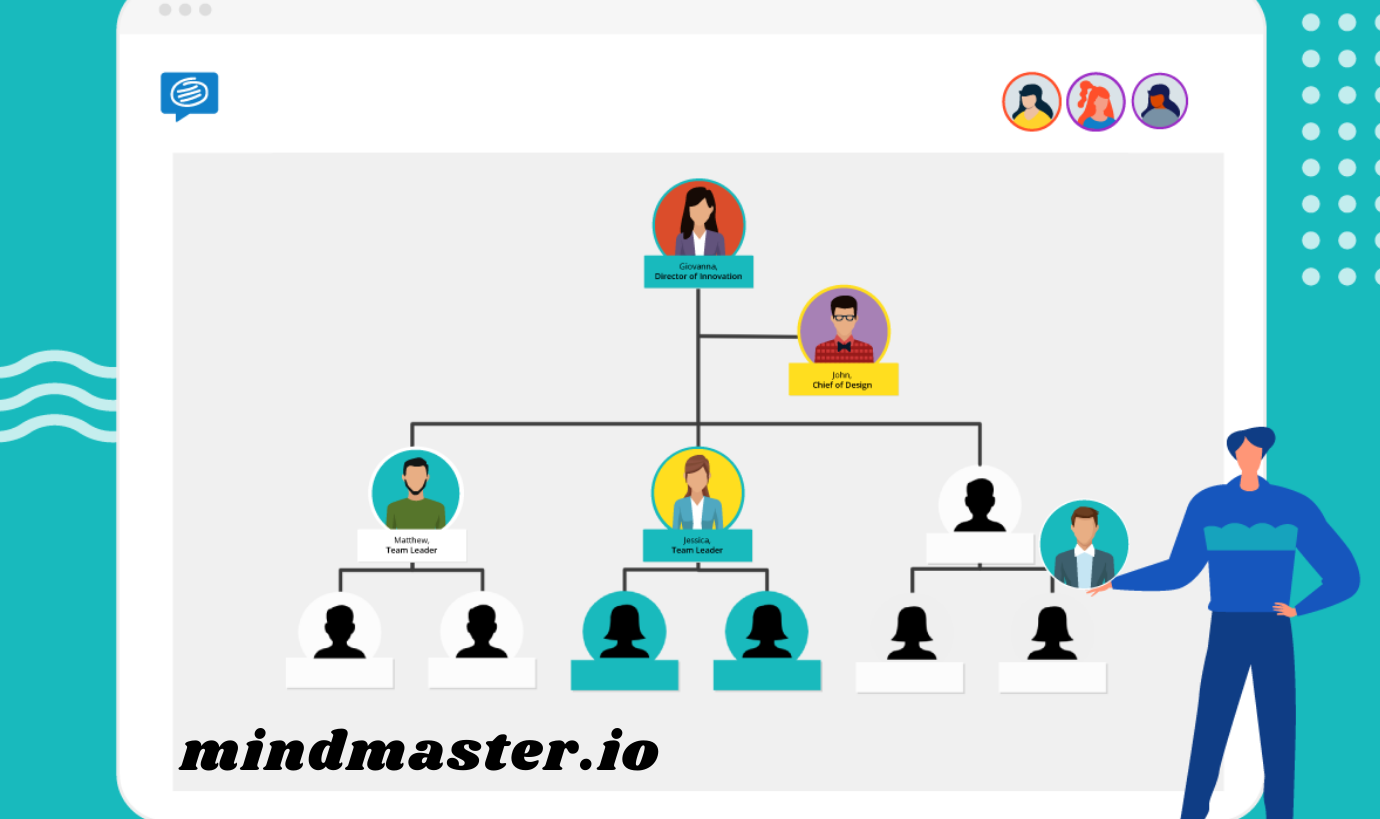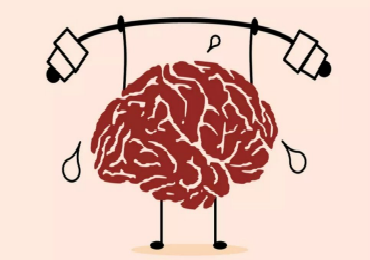Creating an organizational chart that right for your business
No wonder where you work, recognizing who does what and where they fit in will allow almost everyone to do their job much better? Creating an organizational chart offers you a brief look at how the corporation runs, whether it is an existing workplace, a start-up, a distribution center, or something else.

What's an organizational chart?
A diagram that depicts the company's internal framework by explaining the positions, roles, duties, responsibilities, and connections between the workforces within a corporation is called an organizational chart. Also, this chart broadly describes an enterprise companywide or drill down to specific units.
What is the benefit of an organizational chart?
By encouraging them to bring names and identities to positions and duties, Org charts will help fresh recruits or volunteers know a business smoothly. Also, long-time employees, HR divisions, and company owners will benefit from getting at their hands an organizational chart.
• Show organizational structure and hierarchy.
• Support workers find out who to notify and who to call if problems arise.
• Help explain positions and duties.
• Make it easier to keep contact details for workers in one convenient location.
• Support administration to see how many workers are in and department and how best to assign staff and other services
• Give workers insight into advertising platforms.
Major types of organizational structures
The kind of organization chart you create will rely on your community, your company, and what you want to communicate. You might want only one sample chart for the whole business or a few for various audiences or departments.
Although it is possible to change and edit each organizational chart form, most organizations use org charts that fit into these four types:
1. Functional top-down hierarchy
Great for displaying a typical corporate layout, the C-Suite begins on the top of the order and then splits into branches or sections. You will list general management, office workers, senior staff, mid-level staff, and young staff within each group. Finally, the hierarchy diagram looks like a pyramid where each department rolls up to the CEO.
• Why choose a Functional top-down Hierarchy chart?
Usually, structured org charts are simple to follow.
• Drawback
But when several layers in a management chain exist, it seems complicated to know who to communicate with and when mainly whether there is a problem or if somebody has a novel idea.
2. Divisional organizational chart
If the organization structures into product lines or regional areas, this type is a safe choice. When you are separate from each other, a divisional org chart is ideal for clearly illustrating this.
• Why Choose Divisional Organizational Chart?
Like an executive hierarchy, the divisional chart begins with a president or CEO, but instead of being split into divisions with similar capital, it divides into business lines. The outline includes each line of business divisions, such as HR, accounting, legal, marketing teams, and the individuals or roles.
• Drawback
Since organizations like this also have duplicate divisions for each division, a divisional arrangement may result in workforce bloat and high overhead costs.
3. Matrix organizational chart
This organogram typically refers to enterprises with more than one boss or department or team members. For example, a journalist could cover a local news beat in a newspaper and an economic beat, indicating they will have two supervisors. However, when they work on projects with the renewable energy department, the project manager can also collaborate with someone on the team.
• Why choose Matrix organizational chart?
As team members collaborate through divisions, companies will typically find more innovative ways to tackle their challenges, providing a more collaborative atmosphere.
• Drawback
As in the matrix organizational chart, teams have more than one manager, chances of uncertainty increases.
4. Flat organizational chart
Flat or horizontal org diagrams, commonly used almost exclusively for SMEs, have executive authority and staff levels. The primary chain of command is seen on the chart in straight lines, and the dashed lines indicate secondary authority lines. Corporations with a flat org layout on paper will look like a small fire force where a chief, three captains, and several firefighters are under the captains. Or it may be a boss or branch manager for a handful of immediate reporting staff.
• Why Choose Flat organizational chart?
Managers and their groups often have similar interactions and are interested in strategic decisions in a flat system. Employees are typically more accountable and more independent than most. Also, This ensures that building morale is essential and collaboration is also crucial.
• Drawback
But since the structure is so small, if there is a disagreement between workers, it may be more noticeable because the team is small.
Advantages of organizational chart
• Specialization
The most apparent benefit of a functional organizational chart is that specialization grouping workers guarantee reliable departmental integrity. Also, This applies specifically to large organizations with many organizational levels in a system, for example. This separate technical group monitors technical problems that have not been handled by the primary telecommunications technology support group.
• Operational Speed
The operational pace is a related advantage of this form of organizational specialization. Overall, a senior technology handles a support challenge better than anyone of little expertise.
• Operational Clarity
The functional division of workers clarifies corporate accountability and mission allocation. Besides, This avoids the repetition of activities that consume time and resources and makes it easy for managers to assign jobs to the required workers.
Disadvantages of organizational chart
• Segregation
Getting offices inhabited by workers specializing in particular fields of employment ensures that teams get lazy. Employees of various departments are unwilling to communicate and exchange experiences that could be counterproductive to the company's growth in the long term.
• The weakening of Common Bonds
A shared organizational purpose increases workers' productivity and efficiency and is an essential measure of corporate progress. When each group of professionals in a functioning organization is mostly separate, it becomes almost certainly less related than in an organization where different types of workers communicate daily.
• Lack of Coordination
In an ideal centralized structure, each group's activities do not need feedback from other functional groups, but sometimes that is not the case. When organizations become more powerful, independent groups can struggle, or fail, as they do not have a systemically agreed way of communicating needs and problems to other functional groups.
Executives in other functioning groups will not, in some situations, react aptly or in a timely fashion because it is not our concern." Until the need for teamwork is identified likely, cooperation has already passed.
• Lack of Coordination
The risk of territorial clashes is a further drawback of a functional organization, closely correlated with functional entities' inability to communicate with each other. These conflicts may link to differences over priorities, economic rivalry, or any variety of problems that result from a dispute between egos that emerge. Suppose each agency has its distinct organizational structure or lacks a clear sense of shared intent.
Which one is best?
Each chart type possesses different characteristics that make him different from another one. Similarly, other businesses have additional requirements and workforce division. That's why generally it's difficult to choose one of these types. For any company, creating an organizational chart that best suits its necessity is the best for it.

Conclusion
Creating an organizational chart will help your small company prepare and develop business organization charts at the end of the day. Org Chart will help your company improve collaboration and communication and, at the same time, help you be well aware of your workforce's positions.





